Flip through a travel mag, gab with a Maui resident, or ogle images of Hawaii on Instagram—chances are your vision will be arrested by the Valley Isle’s Seven Sacred Pools, a wonder of nature on Maui’s east coast that features a gorgeous set of tiered waterfalls.
But as stunning and powerful as the inaccurately-nicknamed Seven Sacred Pools (ʻOheʻo Gulch) might be, the Kipahulu hot spot doesn’t have the monopoly on Maui’s hallowed places. Indeed, beyond the postcard perfection of the island’s beaches, Maui is home to a number of exquisite sites that have long been deeply revered, many of which can be seen on Road to Hana tour.
Whether you’re hoping to connect with Maui in a meaningful way or are simply searching for attractions, here are seven of Maui’s most sacred spots—and the history behind them:
1 – ʻIao Valley
Iao Valley has a tendency to cast a spell on its visitors. Located in the central basin of the island, the valley dazzles with its heady greens and tropical flowers, while its needle—a volcanic erosion covered in lush vegetation—hovers 1200 feet above sea level. The views here are equally dramatic, spooling out towards the rugged coastline, out to the northern coast of the island, and up to the hypnotic West Maui Mountains.

But it isn’t just ‘Iao’s beauty that is so captivating: Mana can be felt here in spades—and it isn’t only in one’s head. In 1790, it turned into a theater of war in what was known as the “Battle of the Clawed Cliffs” (or the Battle of Kepaniwai), a three-day conflict, involving over 1200 soldiers and instigated by King Kamehameha, that resulted in the unification of the islands. (So vicious was this battle, it’s said that the ‘Iao’s “river ran red with the blood of the dead,” inspiring the valley’s nickname as the “damning of the waters”). On a cheerier note, it is also here that ancient Hawaiians came together annually for makahiki festivals that paid homage to Lono, the God of Agriculture.
Today, the 4,000-acre, 10-mile-long park draws visitors to its banks with its cool stream, abundant vegetation, and splendid vistas. Climb its paved walkway for the most remarkable views—and to imagine what the landscape must have looked like in a pre-united Hawaii.

2 – Mokuʻula
*** In August of 2023, wildfires devastate Lahaina town. Enjoy this information as a memory of what was and what could be again. As Lahaina rebuilds, please consider other West Maui areas and activities.
Lahaina may be a shopper and diner’s paradise now—the town’s world-renowned Front Street houses a number of stellar boutiques, restaurants, and bars—but its past was livelier for a far different reason.
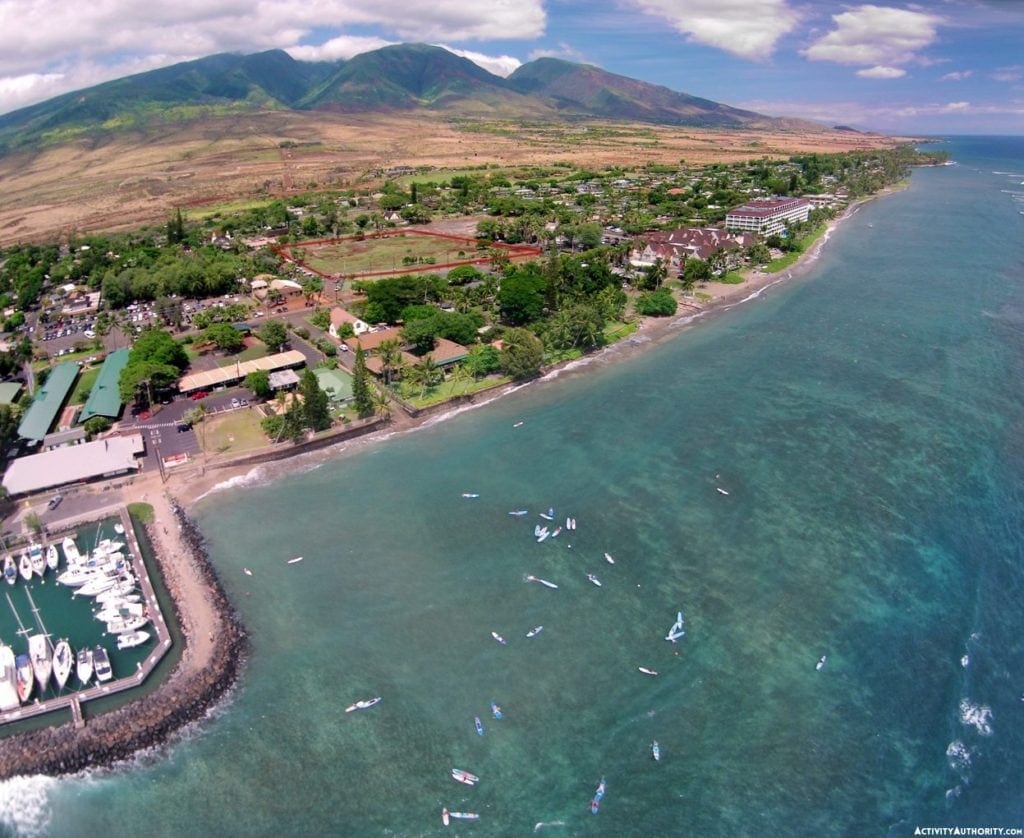
The village of Lele—which served as the capital of the Kingdom of Hawaii from 1837 to 1845—also houses a small, sacred island underneath its abandoned baseball field. Considered a piko—or center of cosmic power—and deemed one of the most important archeological discoveries in Hawaii, the buried island saw the birth of Hawaii’s constitution and its land division treaty of the 1840s. Following the kingdom’s capital’s move from Maui to Oahu, the “Parthenon of the Pacific’s” surroundings filled with water, debris, and runoff from the nearby sugar plantation’s irrigation, thus transforming the once-sanctified site into what’s called Maui’s “forgotten island.” An excavation performed in 1993 revealed the place’s vitality in ancient Hawaii (including a wooden pier believed to have been used by aliʻi when crossing the pond) and restorations helmed by Friends of Mokuʻula are presently taking place. Visitors can experience the magic of Maui’s former royal residence through a guided walking tour with Maui Nei or by volunteering in the name of the region’s resurrection. There’s a solid chance it’ll be a well-spent endeavor: University of Hawaii–Maui College Professor Janet Six likens it to world-heritage sites like Machu Picchu, Maui No Ka Oi reports, and tells her students, “In the future, you’ll be telling your grandkids you worked at Moku‘ula.”
3 – Puʻu Kekaʻa
Located on the western end of one of Maui’s most acclaimed beaches, Kaʻanapali Beach, Pu’u Keka’a (commonly called “Black Rock”) is famous for more reasons than the chance it presents to swan-dive into the Pacific: The lava promontory was known as ka-leine-a-ka-ʻuhane—or “leap of the soul”—for its designation as a jumping-off point for dying souls who were ready to vault into the next world. (To note: It’s believed that many battles fought on Maui were performed on the West Side because of its proximity to Pu’u Keka’a.)

Black Rock wasn’t just a place of departure, either: Maui’s last independent ruler, Chief Kahekili, was an avid cliff-jumper (a sport termed “lele kawa”) with a penchant for Puʻu Kekaʻa’s location; his insistence on leaping from its ledge only emphasized his regal status. Today, kamaʻaina and visitors alike scramble up the famous rock to bound into the blue water, where, at its base, they’re granted incredible views of Maui’s marine life. In other words? Bring snorkel gear should you visit this enticing venue. It’s fun to watch locals jump (from a safe distance.)
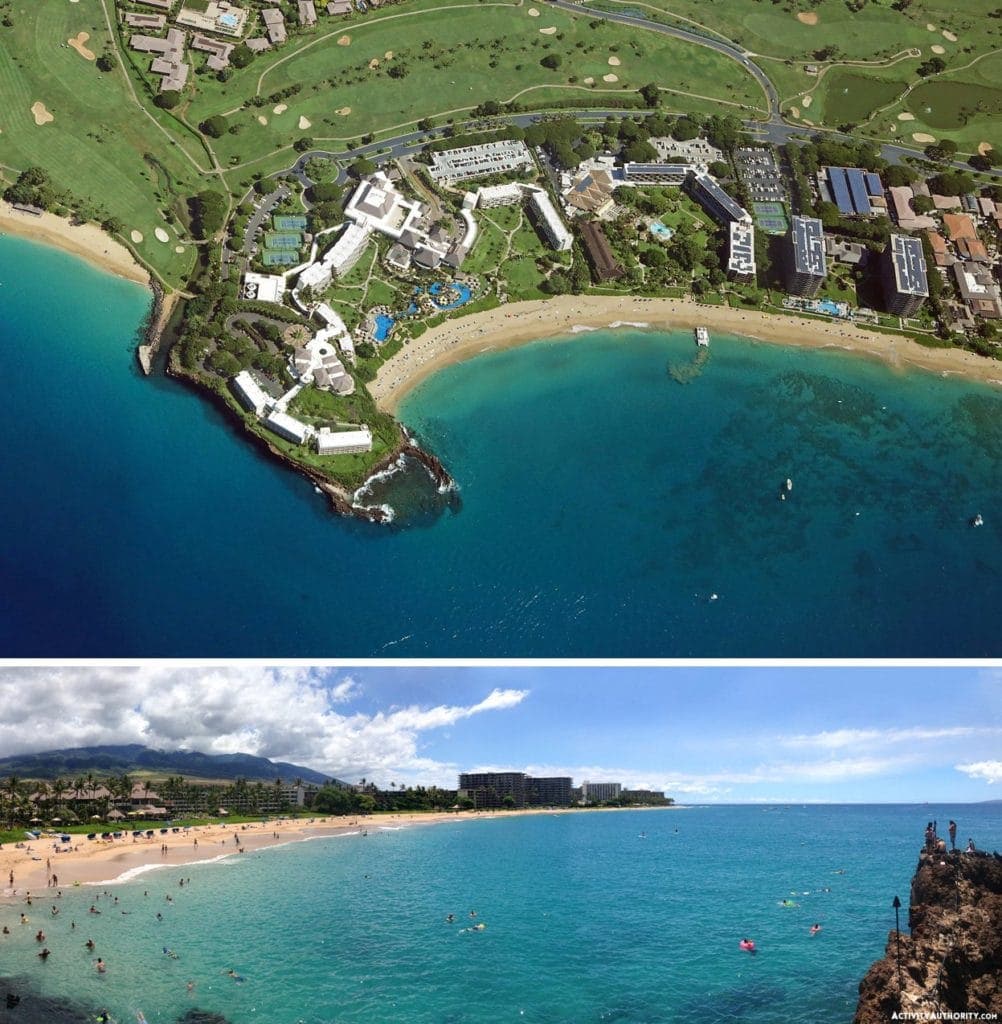
4 – Piʻilanihale Heiau
Technically known as Hale O Piʻilani Heiau, Piʻilanihale Heiau calls for a cliché—that is, this ancient Hawaiian landmark is a sight to savor. Located in Kahanu Garden on Maui’s remote east coast, Hana, construction on this massive place of worship began in the 12th century and culminated in the largest temple in all of Polynesia.

And large it is, roughly the size of two football fields, it took four phases to complete the holy project and was named after Chief Piʻilani—a 16th-century ruler beloved for uniting the Valley Isle and encouraging peace and prosperity. Peering out upon the luxuriant fields of the National Tropical Botanical Garden—where you can view the biggest collection of breadfruit trees in the world—this venerated area is nothing if not a symbol of perseverance: its “thousands and thousands of carefully stacked stones were carried by hand from as far as Hana Bay, seven miles away,” writer Jill Engledow reports. Visit today and marvel at the thought that this now-quiet region was once one of the most vibrant hubbubs on the island.
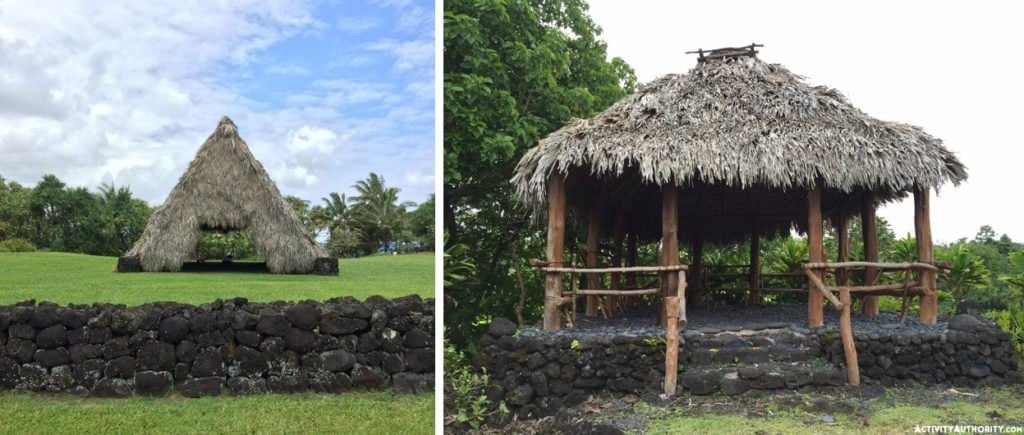
5 – Haleakala
Haleakala’s magnificence is hardly hidden: Looming 10,023 feet above sea level, the towering beauty is one of the largest dormant volcanoes in the world and has a crater so vast it can house all of Manhattan Island.

Its scope aside, it was—and remains—a site of tremendous spiritual significance for Hawaiians. Having arisen from the Pacific more than a million years ago, its crater served as a place of worship, and ancient ritual sites have been discovered upon its rim; oral traditions also speak of sacred spots within the crater. (Additionally, legend says the demigod Maui lassoed the sun from the volcano’s summit.) It was also here on Alehe-la that Hawaiians came to hunt birds and camp out in caves and lava tunnels. Its significance as a sacrosanct spot persists: Presently, the park’s cultural resources programs manager Elizabeth Gordon says, “Hawaiians today use some of the same sites in Haleakala as their ancestors used for ceremonial purposes…It’s a vibrant, living culture.”
Experience its splendor by witnessing the sunrise from its slopes—or hike down to the crater’s floor, where the dearth of sound and unusual weather underscores just how extraordinary the “House of the Sun” truly is.
6 – Makaluapuna Point
Visit Makaluapuna Point in Kapalua and you’ll instantly know you’ve arrived at a consecrated site: Signs out front tell visitors that they’re entering “wahi pana” (or sacred spot) for kanaka maoli (native Hawaiians).
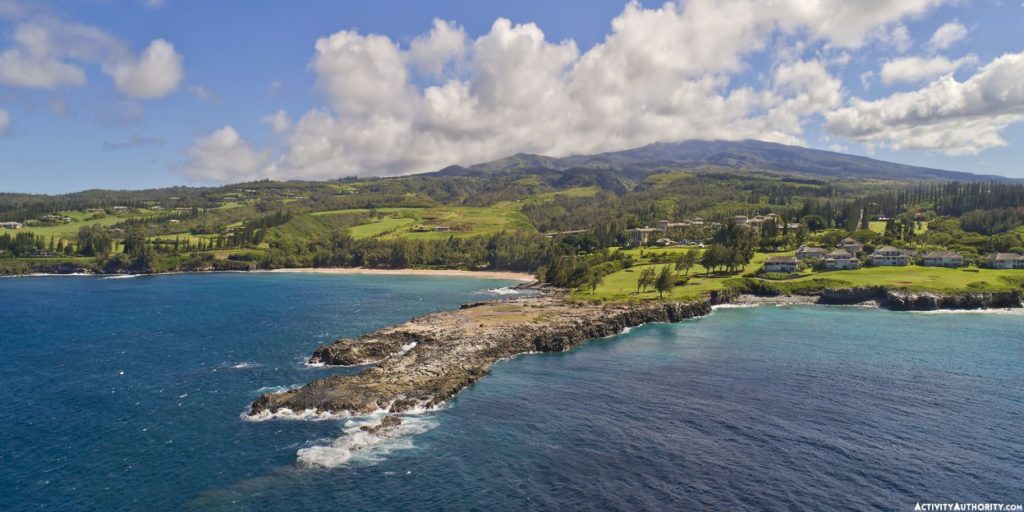
There’s no wonder why these grounds are so hallowed: the ancient burial ground, which edges against Dragon’s Teeth, is believed to hold more than a thousand human remains, which are known as iwi in Hawaiian. (What is Dragon’s Teeth, you might ask? The result of one of the island’s final lava flows, it’s a feat of nature in which the hot magma colliding with the Pacific resulted in rock formations that resemble fangs.) Makaluapuna Point is located close to the Ritz-Carlton chapel, rendering the region holy in more ways than one.
7 – Olowalu
Drive to Maui’s West Side and you’re sure to be spellbound by the views on the Pali, where sunlight sparkles on the Pacific, the outlying islands lumber in the distance, and the red-tinged cliffs remind you of the island’s fiery history.
You’re also sure to be awestruck by the sight of Olowalu—a small community recognized as much for its unique reef and superb surf as its strong sense of mana.
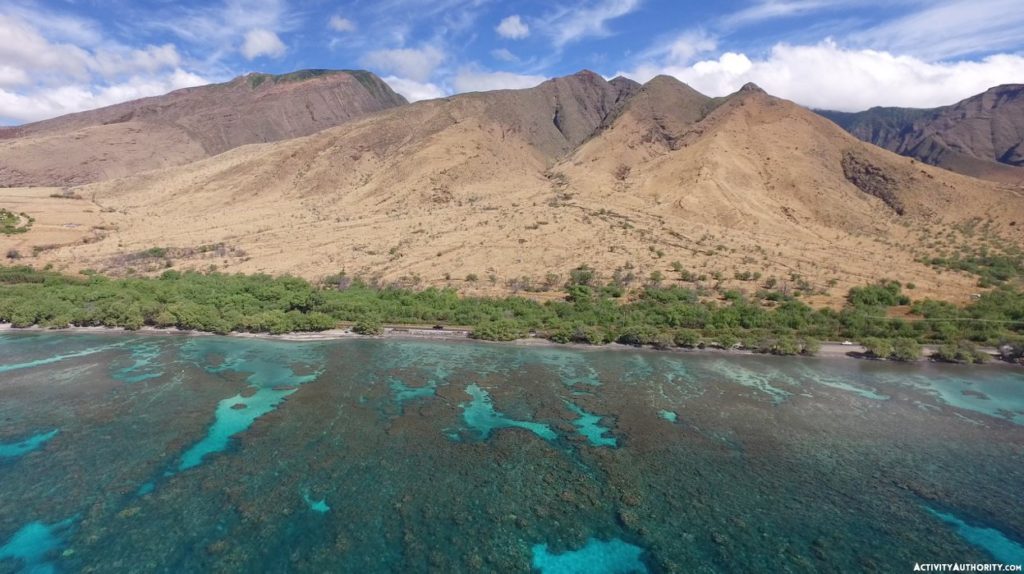
There’s a good reason behind its palpable spiritual power: Ancient Hawaiians considered Olowalu a place of refuge, a site where people who had committed crimes against others—including aliʻi—were deemed unassailable. And ghosts really may roam these parts: Olowalu is also the site of a 1790 massacre between a British-American captain and native Hawaiians. Today, it’s largely known as one of the best spots on Maui for snorkeling—meaning, bring your gear and dive under, as its sacredness is also felt below the surface.
When you emerge, head out to those aforementioned Seven Sacred Pools in Kipahulu. Its English name may be a misnomer—technically, the Hana-side region is ʻOheʻo Gulch, which translates to “something special,” and is comprised of more than seven cascades—but its greatness and godliness are unmistakable. And while the pools are currently closed for swimming until further notice, the mere sight of them will remind you why Maui is considered one of the most sacred and healing spots on the planet.




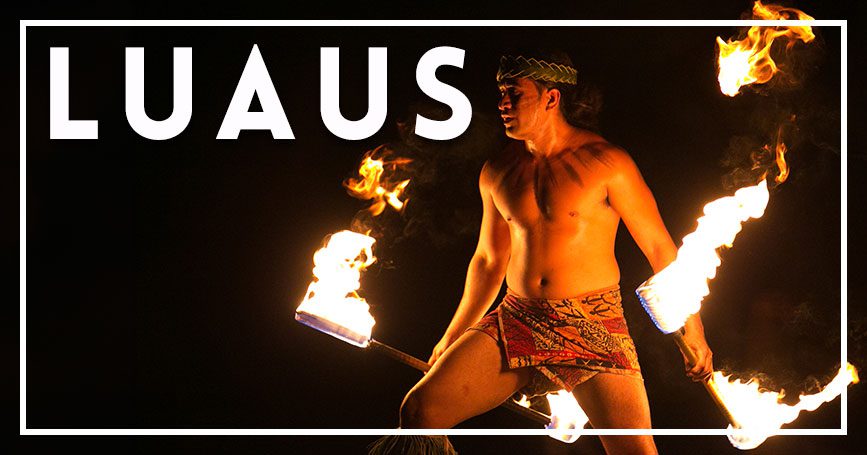

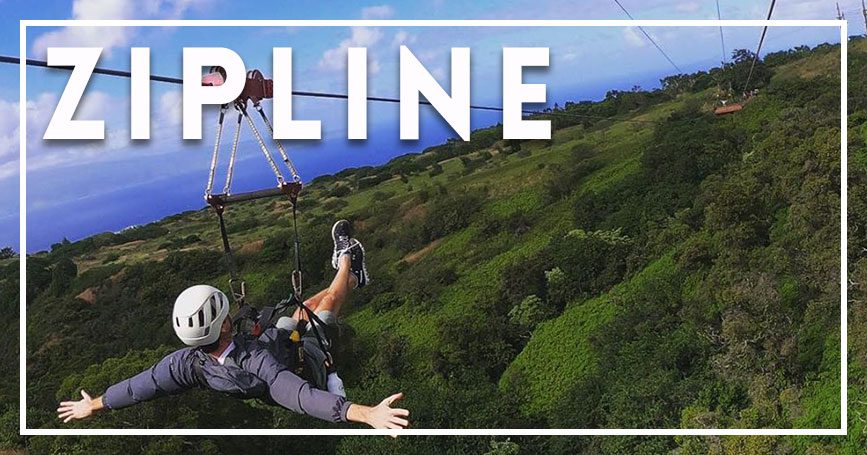
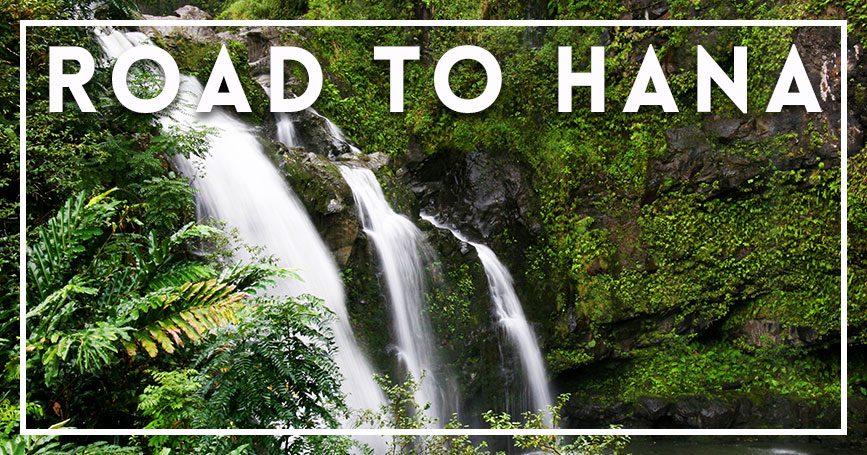
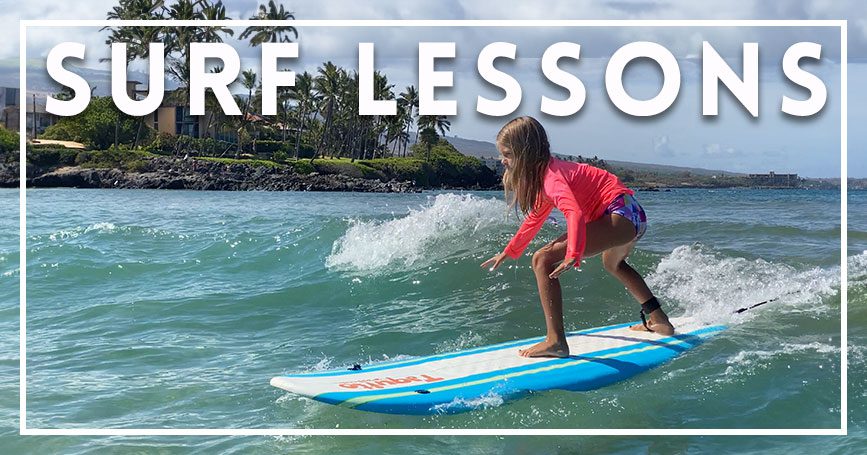
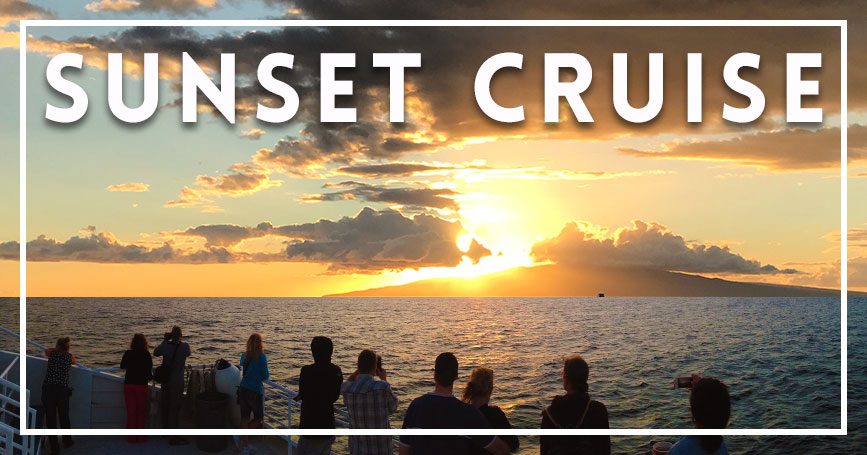
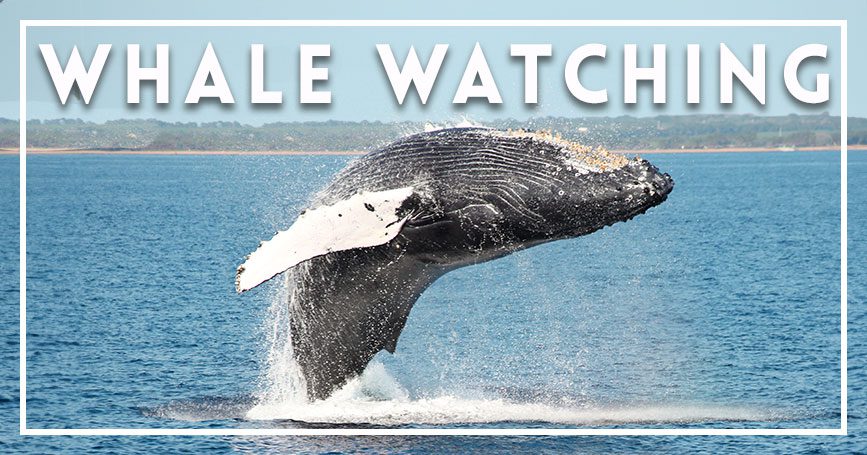
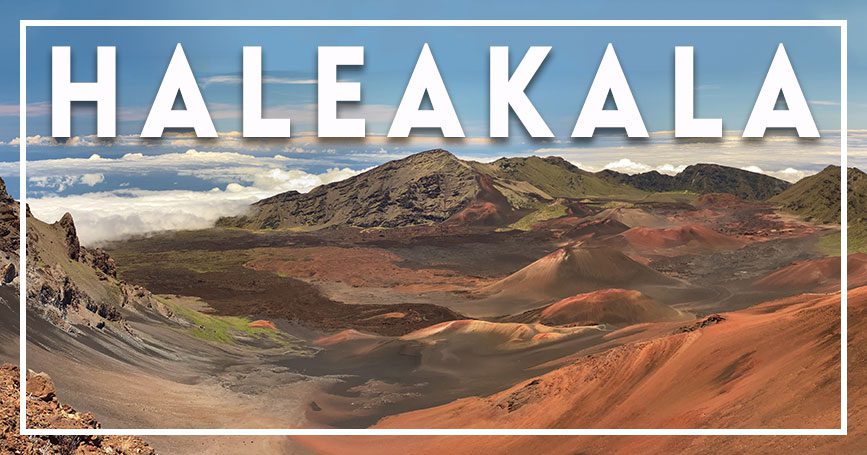
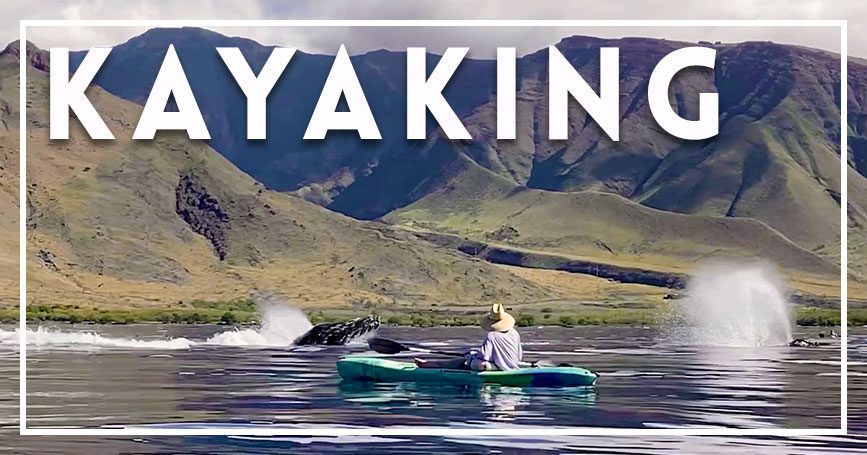

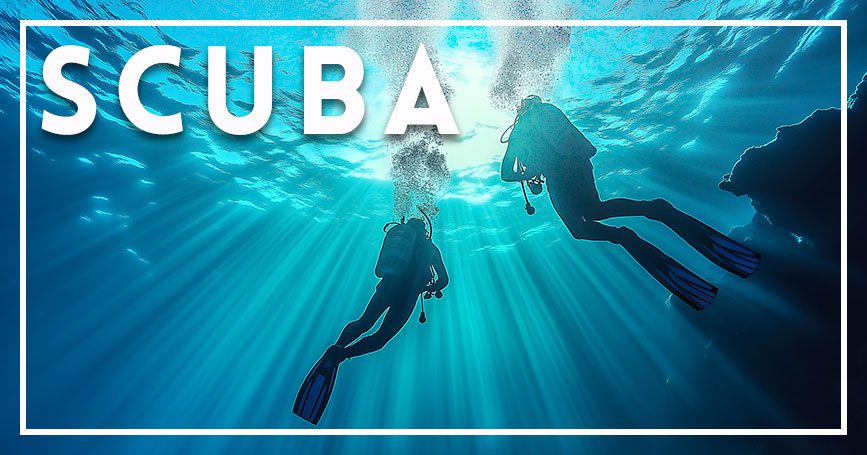
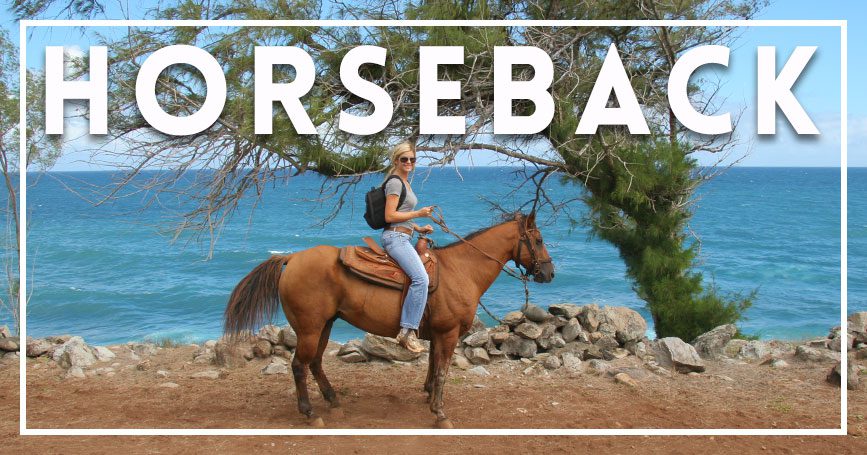
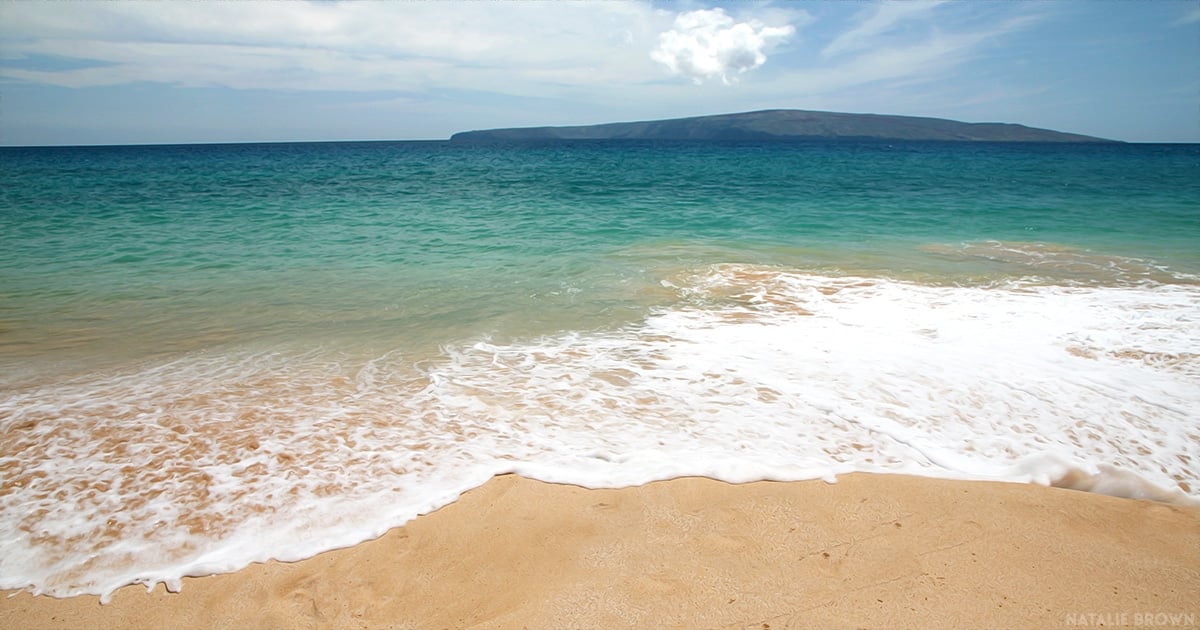



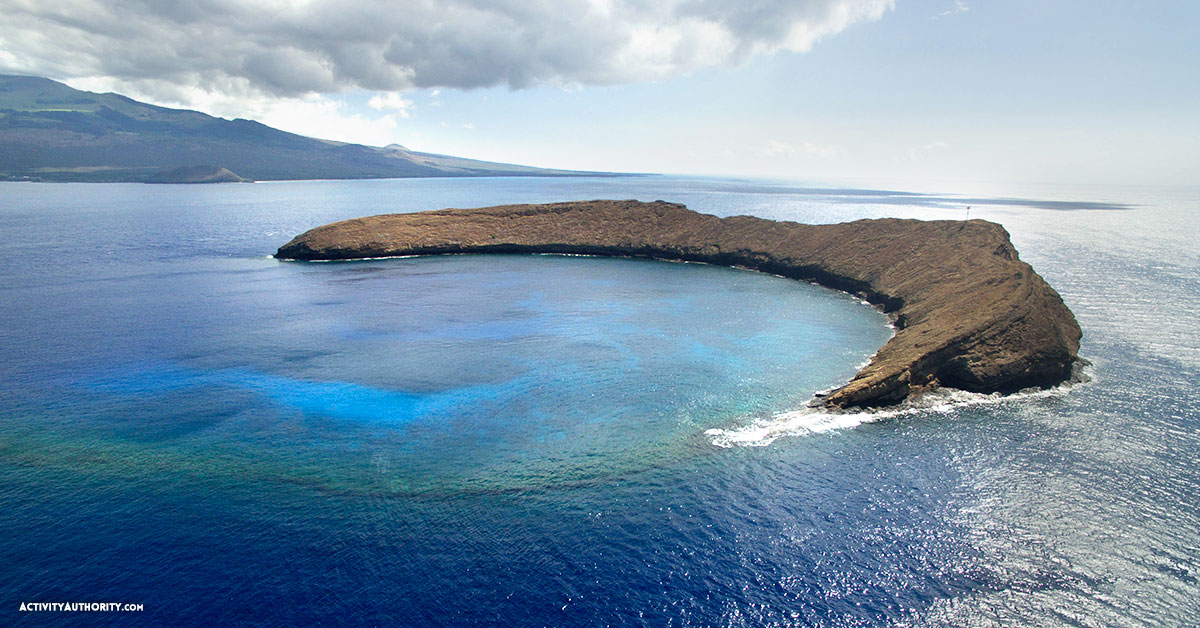
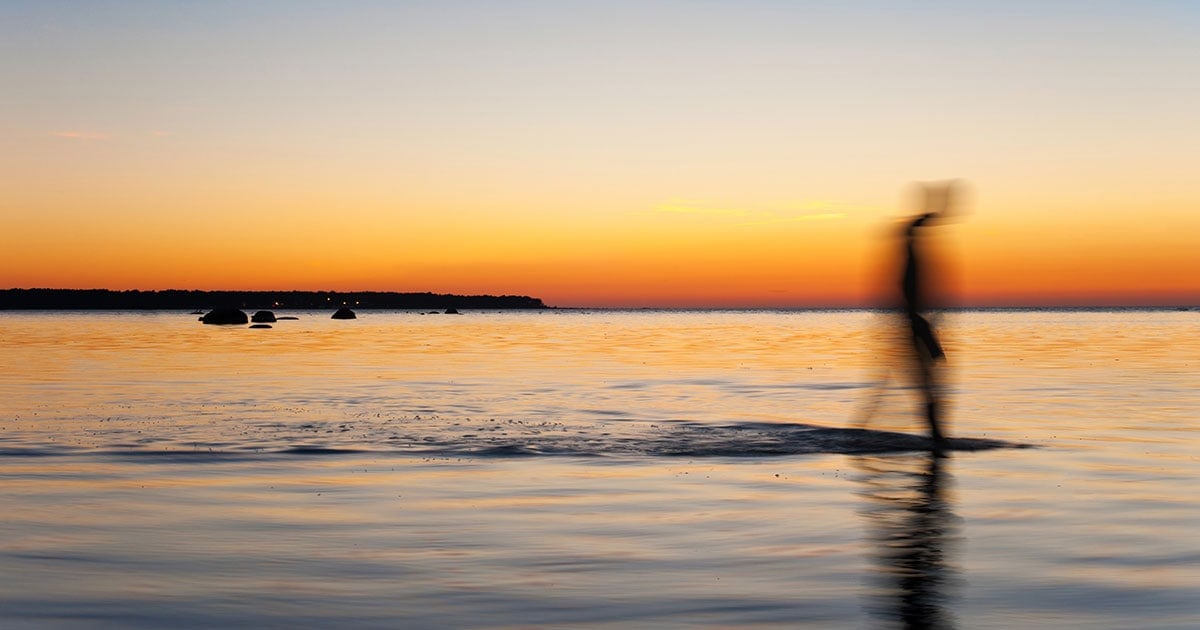
Aloha,
I’m sorry but I had to stop reading this after the first location you read off. Iao Valley, normally I don’t do this but I felt a huge disrespect reading this. The battle of kepaniwai was never called battle of clawed cliffs.. because wai means water and kepaniwai means dammed water.. you know because the water was dammed up by the bodies of the warriors that died in that river.
That’s what kepaniwai means, as a Hawaiian and a tour guide. Please fix your stories before you publish non-sense and make my people look bad.
Aloha Aron:
Thank you for reaching out and sincere apologies for the offense you took to our reference to the Battle of Kepaniwai. We should have clarified that in addition to being called “Battle of the Damned Waters of ‘Iao,” the 1790 war—as we understand it—was also called Ka‘uwa‘upali, which came to be known as Battle of the Clawed Cliffs. This came to our attention through Ulukau: The Hawaiian Electronic Library, which is co-sponsored by the University of Hawai‘i at Hilo and the Native Hawaiian Library (and funded in part by the NEA). This is further backed up by Paul D’Arcy—an Associate Professor of Pacific History at Australian National University’s College of Asia and the Pacific—who states in Transforming Hawai‘i: Balancing Coercion and Consent in Eighteenth-Century Kanaka Maoli Statecraft that “Traditions remember the battle as ka‘uwa‘upali (clawed off the cliff) and ke pani wai (the damning of the waters).” It’s also referenced as such in Sid Campbell’s Warrior Arts and Weapons of Ancient Hawai’i. The battle is further referred to as “precipice-clawing” on Hawaiianencyclopedia.com, which, it says, refers “to the fleeing warriors climbing the steep cliffs of ‘Iao Valley as they tried to escape.”
I hope this provides some clarification over the issue, and please know that we meant neither harm nor disrespect.
Our best,
Activity Authority
I had the privilege of spending 6 months living in Hana last year and really loved taking the time to find new waterfalls. One of my favorite hikes to do was go out to Oheo Gulch and hike up through the Bamboo forest to the large waterfall but ended up falling in love with a small one to the right of the trail. I spent many days looking at the waterfall from up above and continued to try and find a way to get down to it as the ledge was too steep to climb down and if i had the courage to just jump into it’s pool…there would be no way back out. So i always assumed that this waterfall would be nothing more than a nice thing to look at. But one day a friend i had made in town who had heard me speak about this 1 waterfall many times passed me a note which read “At the gate, head to the river. Cross it and leave your pack beneath the banyan tree. Then swim”. It took me many days to figure out what this note was for and it wasn’t until i was hiking one day did i understand what it meant. I reached the cattle gate and instead of continuing forward, i took a right at the gate. I came to the river and sure enough directly across it was a large banyan tree which provided a hidden place to leave my belongings. I then continued with my instructions and began to swim up river which lead me under colorful rocks ceilings where the river had cut out the land from higher flows over the years, it was really beautiful. It brought me to a small 5 ft waterfall which i began to climb up and as soon as my head reached the top, i was located at the edge of the pool that was filled by the waterfall i had stared at for so many days. I spent many hours there sitting in the mist and admiring how beautiful it was glowing in the sunlight from a new angle. The day i reached my waterfall was one of my favorite days/memories.
Amazing story… Thank you.
You left out La Perouse Bay, the last of the significant lava flows on Maui and the area of the first foreigner to step foot on Maui.
Kahakuloa Beach where time stands still, due to it’s remoteness and one lane road, occupied by Hawaiian families and home of the best banana bread on the island.
You have experienced Maui until you drive all the way around the rugged Northwest side of Maui
Olivine Pools
Nakalele Blowhole
We discourage visitors from driving upper west. Kinda dangerous driving. I agree about La Perouse Bay though!
Honolua Bay, past Kapalua, IMHO has the best snorkeling in the summer months. It’s a designated Nature Preserve. Olowalu does not compare.
Also in the winter has amazing waves to see big wave surfing from the cliffs above